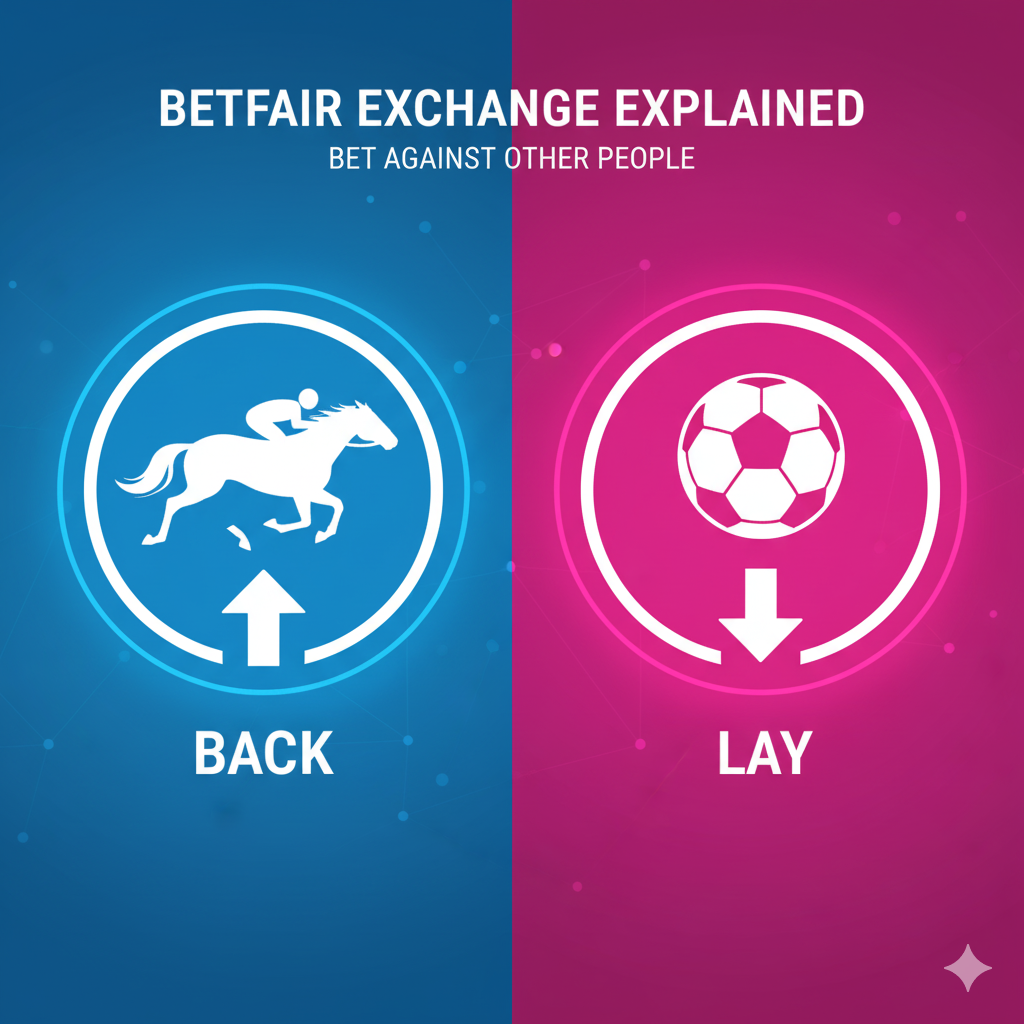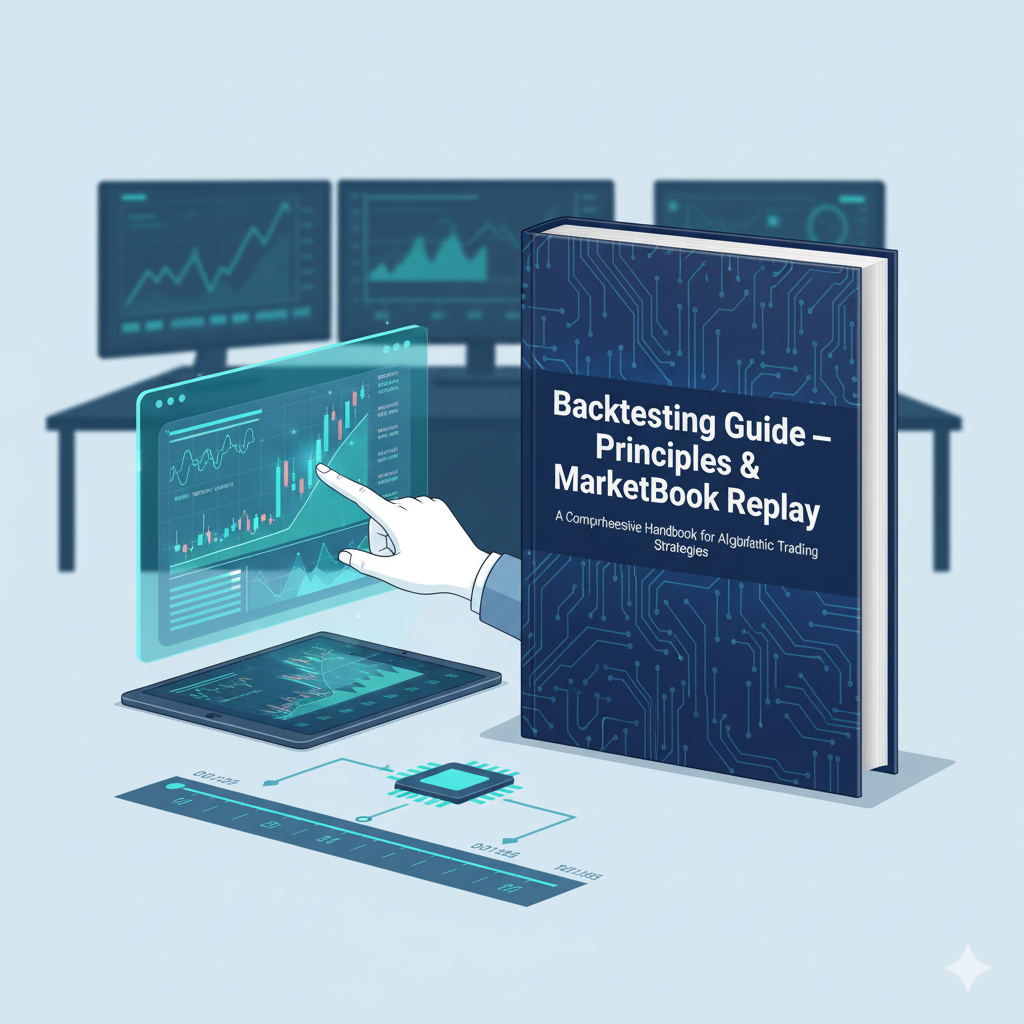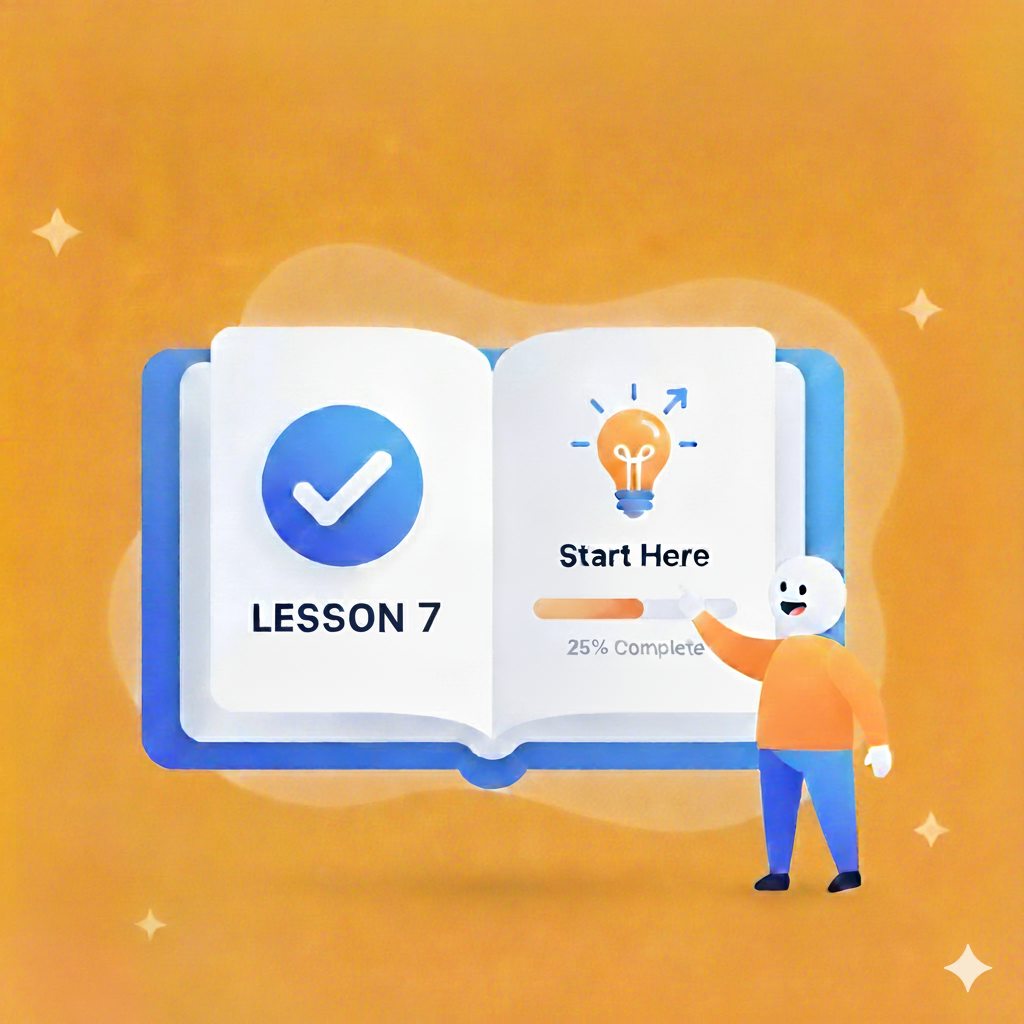Introduction: Welcome to the World of Cricket Trading
Forget everything you think you know about sports betting. Cricket trading on Betfair is not gambling in the traditional sense. It’s a dynamic form of financial speculation where you are not predicting a final outcome, but rather profiting from the constant fluctuations in odds during a match. This guide will demystify the entire process. We will equip you, whether a complete beginner or an advanced user, with a step-by-step strategy to navigate the Betfair Exchange. We’ll cover everything from reading market sentiment through matched volume to automating your edge with sophisticated bots. Ultimately, our goal is to transform your approach from hopeful punter to strategic cricket trading professional.

What Exactly is Cricket Trading on Betfair?
Before we dive into strategies, let’s solidify the core concept. The Betfair Exchange is a marketplace, not a bookmaker. You can either ‘back’ a selection (bet on it to win) or ‘lay’ it (bet on it to lose). The key to cricket trading is that you can close your position before the event finishes by placing an opposing bet.
For instance, you ‘back’ Team A at 2.0 with £100. Later, their odds drop to 1.5 as they dominate the game. You can now ‘lay’ them at 1.5 for a proportional stake, effectively locking in a profit regardless of the final result. This process of securing a profit across all outcomes is called ‘greening up’. This fundamental principle is the engine of all cricket trading strategies.
The Essential Pillars of a Profitable Cricket Trading Strategy
You cannot build a house without a foundation. Successful cricket trading rests on four critical pillars. Ignoring any one of them is a recipe for consistent losses.
1. Market Liquidity and Matched Volume
This is the single most important factor. Liquidity refers to the amount of money available in a market for you to match your bets against. The ‘Matched Volume’ figure on Betfair is your best friend.
Why it Matters: High liquidity means your bets will be matched quickly and at the prices you want. Low liquidity leads to large gaps between back and lay prices (wide spread), making it difficult to enter and exit positions without sacrificing significant value.
The Rule: Only trade matches with high matched volume. International matches, major T20 leagues like the IPL, and high-profile domestic finals are ideal. Avoid low-tier domestic games with minimal market activity. The market simply isn’t efficient enough to trade effectively.
2. Understanding the Format of the Game
A Test match is a five-day chess match. A T20 is a 90-minute blitz. Your cricket trading strategy must adapt accordingly.
Test Cricket: Slow, strategic, and driven by session-by-session momentum. Trades are held for hours. Key factors: pitch deterioration, weather, new ball cycles, and session prices.
One-Day Internationals (ODIs): A balance between pace and patience. Key phases: powerplay fielding restrictions, middle-over accumulation, and the death-bowling slog.
T20 Cricket: Fast, volatile, and explosive. Odds can swing wildly after a single big over or a key wicket. Trades are often held for mere minutes or even balls. Key factors: powerplays, the performance of key players, and the required run rate.
3. Team and Player Analysis: Beyond the Obvious
Data is your edge. Do not trade on gut feeling. Utilizing reliable sources for cricket statistics is non-negotiable for building a data-driven strategy.
Pitch Reports: Is it a flat batting track or a green, seaming wicket? Historical data at specific grounds is invaluable.
Team News: Who is in the starting XI? Is a key bowler injured? Has a destructive batsman been dropped?
Head-to-Head Records: Does one team have a psychological hold over another? Some teams match up better against specific opponents. Websites like ESPNcricinfo are an authoritative source for deep historical stats and live scores.
Player Form: Is the opening batsman in a rut? Is the leg-spinner taking wickets consistently? Use recent performance statistics to inform your trades. Cricmetric offers advanced player analytics and ratings that can provide a deeper edge.
4. The Art of Greening Up
Greening up is the act of locking in a profit. It is the ultimate goal of every trade.
How it Works: Betfair’s interface has a ‘Green All’ function that automatically calculates the stakes required to equalize your profit across all possible outcomes. Once your initial bet has moved sufficiently in your favor, you green up to secure your profit before the game situation changes again.
The Discipline: The hardest part is knowing when to green up. Do you let a profit run for more, or secure it immediately? This depends on your risk appetite and pre-match strategy. A common tactic is to green up partially, securing some profit while letting a smaller, risk-free position run.

Your Step-by-Step Cricket Trading Strategy Using Betfair Bots
Manual trading is effective, but it’s time-consuming and emotionally taxing. Automation via Betfair bots is where advanced users gain a significant edge. Bots can execute complex strategies at lightning speed, 24/7, without emotion.
Here is a detailed, criteria-based strategy for automating a pre-match laying strategy.
Step 1: Pre-Match Selection Criteria for Your Bot
Your bot should only operate on matches that meet strict, pre-defined rules. This is your first filter.
Criteria 1: Minimum Matched Volume. Program your bot to only scan for matches where the total matched volume 1 hour before start time exceeds a certain threshold (e.g., £500,000 for an IPL game, £200,000 for an international T20).
Criteria 2: Match Format. Focus your bot on a specific format. For this example, let’s use T20 matches for their volatility.
Criteria 3: Team Strength Differential. Target matches where there is a clear favorite and a clear underdog. The market often overvalues the favorite, creating a laying opportunity.
Step 2: The Core Bot Strategy: Laying the Strong Favorite
The strategy is to lay (bet against) the strong favorite at their pre-match price.
The Logic: In T20 cricket, volatility is extremely high. A single early wicket can cause the favorite’s odds to drift significantly. The market prices the favorite based on their probability of winning, but the volatility of their odds during the game is your profit source.
The Bot’s Action: Once the pre-match criteria are met, the bot automatically places a lay bet on the favorite. For example, it lays Team A (favorites) at odds of 1.8 for a stake of £100. Your potential liability is £80.
3: In-Play Monitoring and Exit Triggers
This is where the bot earns its keep. You must program precise exit conditions.
Trigger 1: Odds Movement (Primary Exit). Set a target odds value at which the bot will automatically back the team to close the trade and green up. For example, if you layed at 1.8, you might set a rule: “If Team A’s odds reach 2.2, back them for a stake that greens up for a £15 profit.” The bot monitors the odds and executes this trade instantly, without emotion, the moment the condition is met.
Trigger 2: Wicket Fall (Catalyst). The primary catalyst for odds moving from 1.8 to 2.2 will likely be a wicket. The bot can be programmed to react to events, but this requires more complex API integration.
Trigger 3: Time-Based Exit (Risk Management). Set a safety net. “If the match reaches the 10-over mark and the odds have not hit our target of 2.2, close the trade for a small loss or break-even.” This prevents a situation where the favorite dominates from the start and your liability grows.
4. The Automatic Green Up Command
The green up command should be the core of your exit strategy. In the above example, the moment the bot executes the ‘back’ bet at 2.2, it has already greened up. The profit is locked in. The bot can be programmed to immediately move on to scanning for the next qualifying match.

Popular Betfair Trading Bots for Cricket
While many bots exist, it’s crucial to choose one with a strong reputation and proven track record. Here are a few notable examples used by the trading community:
Geeks Toy: A very popular, free betting application that offers a powerful automation interface alongside excellent trading visuals. It’s a great starting point for those new to automation. You can find out more on their official website.
Fairbot: A robust, paid bot known for its reliability and extensive range of pre-built strategies for various sports, including cricket. It allows for deep customization.
Bet Angel: Arguably the most professional and comprehensive trading software available. It offers everything from basic automation to advanced visual programming for strategy creation. Bet Angel is a favorite among serious full-time traders but has a steeper learning curve.
Remember, a bot is only a tool. Its profitability depends entirely on the quality of the strategy you program into it. Always test new strategies in practice mode.
Advanced Bot Concepts and Data-Driven Refinements
Once you grasp the basic strategy, you can add layers of sophistication.
Incorporating Powerplay Rules
Program your bot to be more aggressive during the powerplay overs (1-6 in T20s). For instance, it could increase its stake size during this high-volatility period or have different odds triggers.
Using Player Prop Markets
Bots can also trade on player markets, such as ‘Top Batsman’. The criteria would be different—e.g., laying a popular opening batsman whose odds are too short based on recent form. The concept of greening up once he is dismissed early remains the same.
Dynamic Staking
Move away from flat staking. Implement a staking plan based on a percentage of your bankroll or the perceived strength of the edge based on historical data. The Kelly Criterion is a famous mathematical formula used for this purpose in gambling and investing, though it can be aggressive and requires precise probability estimates.
Common Pitfalls and How to Avoid Them
Even the best strategy can fail without proper discipline.
Pitfall 1: Chasing Losses. A bot prevents this. A human might double down after a loss, violating their strategy. Stick to the pre-programmed rules.
Pitfall 2: Over-trading. Just because there’s a game on TV doesn’t mean you have to trade it. Your bot should only act on matches that meet your strict criteria.
Pitfall 3: Ignoring Transaction Costs. Betfair charges a commission on net winnings. Factor this into your profit calculations. A strategy that generates a 1% edge before commission is a losing strategy after commission.
Pitfall 4: Neglecting Technology. Ensure you have a stable internet connection and a reliable bot provider. A crash during a trade can be catastrophic.

The Future of Cricket Trading
The landscape is always evolving. Machine learning and AI are the next frontier. Bots will soon be able to analyze live video feeds to assess player body language, pitch conditions in real-time, and even social media sentiment to predict team morale. The key for the successful trader will be to adapt and leverage these new tools while maintaining rigorous risk management. For a glimpse into how AI is transforming fields beyond trading, you can read about trends in artificial intelligence from a business perspective.
Conclusion: Your Journey to Mastering Cricket Trading
Cricket trading on Betfair is a skill that blends sports knowledge, statistical analysis, and disciplined execution. It is a marathon, not a sprint. Start by practicing the manual concepts discussed: analyze liquidity, study the match context, and practice greening up using small stakes in a demo account or with minimal risk. Once you are comfortable, explore the world of automation. A well-programmed bot acts as your disciplined, emotionless partner, executing a data-driven strategy around the clock.
Remember, the goal isn’t to win every trade; it’s to maintain a positive expectancy over hundreds of trades. By focusing on high-liquidity markets, understanding the game’s nuances, and employing a clear, automated strategy with defined entry and exit points, you place yourself on the path to becoming a consistently profitable cricket trading expert. The pitch is waiting. Now go and play your innings.

Betfair Bot Reviews: Which One Suits You Best?
Which Automated Betfair bot Trading Software is Right For You? Choosing the best Betfair bot in 2026 can be a…

Building a Betfair Bot with Python & AI: Why I Failed (Case Study)
For years, I have obsessed over the Betfair Exchange. I’ve spent countless hours staring at trading ladders on professional software…

The Ultimate Betfair Trading Guide: History, Strategies
Betfair trading is the secret that professional gamblers don’t want you to know. For decades, the game was rigged. You…

Backtesting Guides
Backtesting Guide — Principles & MarketBook Replay | BotBlog Backtesting guides Published: 2025-11-11 • BotBlog Backtesting Guide — Principles &…

Lesson 7 — Risk management & deployment
Skip to content Lesson 7 — Risk management, hedging & deployment Final crypto lesson: implement hedging/green‑up, enforce risk limits and…

Lesson 6 — Backtesting & simulation (Jupyter)
Skip to content Lesson 6 — Backtesting & simulation (Jupyter) Simulate strategies in Jupyter: load historical ticks/candles, replay data, simulate…

Lesson 5 — Webhooks & Pine alerts
Skip to content Lesson 5 — Webhooks & Pine alerts Build a secure webhook receiver for TradingView Pine alerts, validate…
